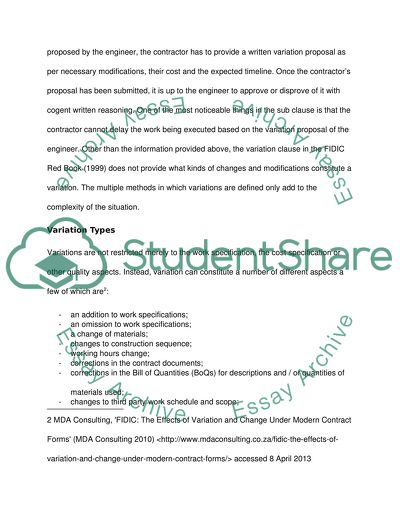Cite this document
(“Construction contracts Research Paper Example | Topics and Well Written Essays - 2500 words”, n.d.)
Retrieved from https://studentshare.org/law/1476524-construction-contracts
Retrieved from https://studentshare.org/law/1476524-construction-contracts
(Construction Contracts Research Paper Example | Topics and Well Written Essays - 2500 Words)
https://studentshare.org/law/1476524-construction-contracts.
https://studentshare.org/law/1476524-construction-contracts.
“Construction Contracts Research Paper Example | Topics and Well Written Essays - 2500 Words”, n.d. https://studentshare.org/law/1476524-construction-contracts.


